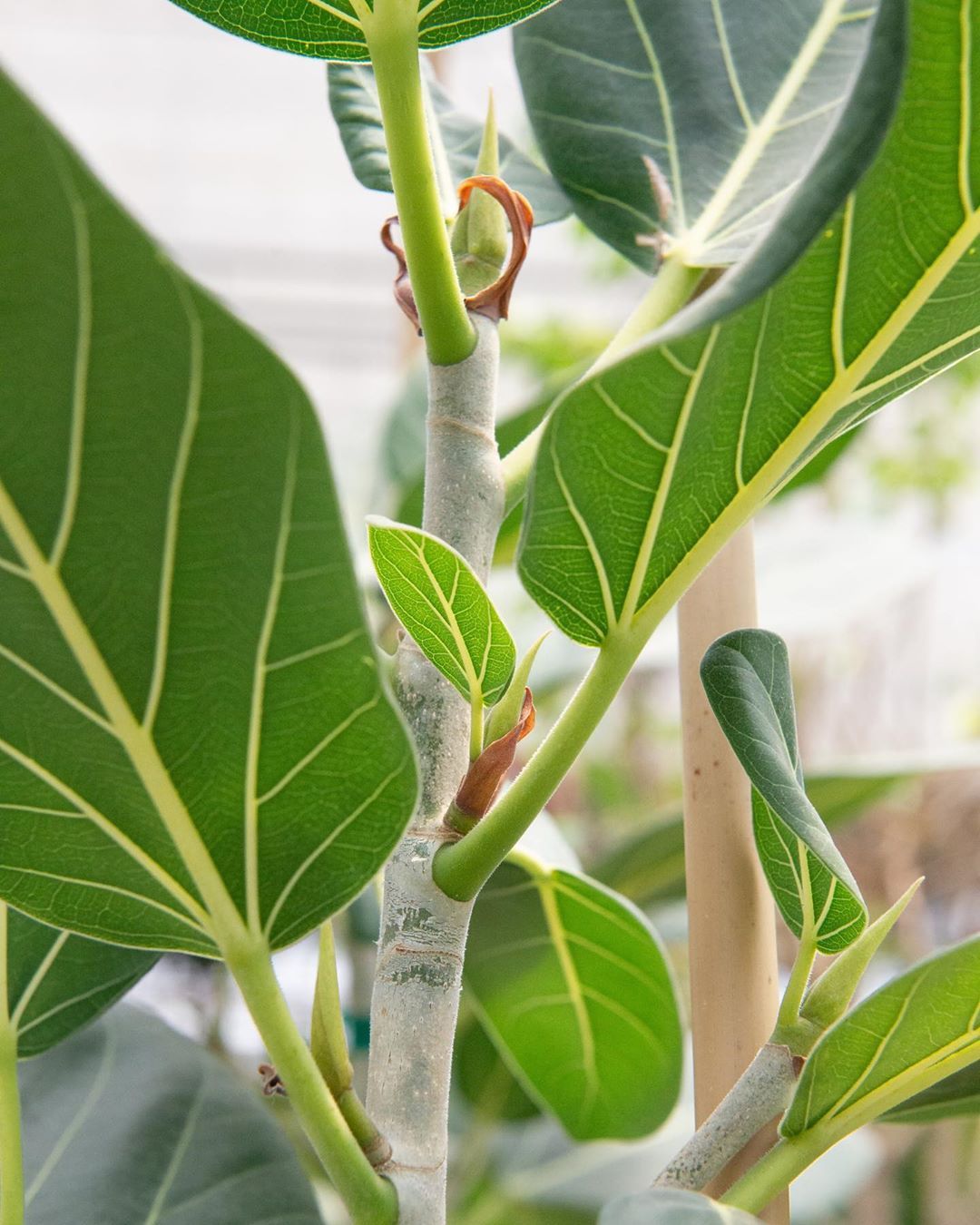How To Grow And Care For A Philodendron Plant
Have you ever wanted to bring the lushness of the jungle into your home? Look no further than the Philodendron, the perfect plant for all you crazy plant enthusiasts out there!
:max_bytes(150000):strip_icc()/grow-philodendron-houseplants-1902768-06-5c4eb615a22040cfbe04e4dff7b40aa5.jpg)
But before we dive into the amazing attributes of this plant, let's talk about the basics of plant care.
Plant Attributes
The Philodendron is a tropical plant that is native to the rainforests of South America. It is a climbing plant that can grow up to 10 feet tall and 6 feet wide. Its leaves are dark green and shiny, and can range in shape from heart-shaped to fiddle-shaped. The Philodendron is a great plant for purifying the air in your home, making it the perfect addition to any space.
Plant Care
Like any plant, the Philodendron requires some basic care to thrive:
- Water: The Philodendron likes to be kept moist, so water it regularly. Be careful not to overwater, as this can lead to root rot.
- Light: The Philodendron prefers bright, indirect light. It can tolerate lower light levels, but will grow slowly. It's important to keep the plant away from direct sunlight, as this can burn the leaves.
- Temperature: The Philodendron prefers temperatures between 65-85 degrees Fahrenheit. It can tolerate lower temperatures, but avoid placing it near drafts or air conditioning vents.
- Fertilizer: The Philodendron can benefit from regular fertilization during the growing season. Use a balanced fertilizer, and follow the package instructions for application.
Pruning
Pruning your Philodendron is an important part of plant care. This will help to maintain the plant's shape, and promote new growth. Here are some tips for pruning your Philodendron:
- Trim back any leggy stems or yellowed leaves. This will encourage new growth and keep the plant looking healthy.
- Regularly prune the plant to keep its size in check. This can be done by cutting back the stems and branches to the desired length.
- If your Philodendron is getting too large, consider taking cuttings and starting new plants.
Propagation
Propagating your Philodendron is a great way to create new plants for your home or to share with friends. Here are some tips for propagating your Philodendron:
- Take stem cuttings from the Philodendron, making sure they are at least 6 inches long and have at least 4-5 leaves.
- Dip the cuttings into rooting hormone, and plant them in moist potting soil.
- Keep the cuttings in a warm, humid environment, and mist them regularly.
- After a few weeks, the cuttings should start to grow roots. Once they have established roots, you can transplant them into their own pots.
Potting & Repotting
The Philodendron can be grown in a variety of containers, including plastic pots, terracotta pots, and hanging baskets. When potting or repotting your Philodendron, here are some tips to keep in mind:
- Choose a container that is the appropriate size for your plant. The container should be slightly larger than the current root ball.
- Use well-draining potting soil that is rich in organic matter.
- When repotting, gently loosen the roots and remove any old soil. Be careful not to damage the roots of the plant.
- After repotting, water the plant thoroughly and keep it in a warm, humid environment until it has adjusted to its new container.
Common Pests & Plant Diseases
Like all plants, the Philodendron is susceptible to pests and diseases. Here are some common issues you may encounter:
- Spider mites: These tiny pests can cause discoloration and webbing on the leaves. They can be treated with insecticidal soap or neem oil.
- Mealybugs: These pests can cause stunted growth and yellowing leaves. They can be treated with rubbing alcohol or insecticidal soap.
- Rot: Overwatering or poor drainage can lead to root rot, which can be fatal to the plant. To prevent rot, be sure to use well-draining soil and only water when the top inch of soil is dry.
Common Problems
Despite its relatively easy care requirements, the Philodendron can experience some common problems. Here are a few issues you may encounter:
- Brown tips on the leaves: This is a sign of underwatering. Be sure to water your plant regularly, and mist it in between waterings to increase humidity.
- Leaves turning yellow: This can be a sign of overwatering or inconsistent watering. Be sure to water your plant regularly, but not too much. It's also important to avoid placing the plant in a location with too much direct sunlight.
- Lack of new growth: This can be a sign of low light levels or poor nutrition. Be sure to fertilize your plant regularly, and provide it with bright, indirect light.
So there you have it, folks. The Philodendron, the perfect plant for those of us who want to bring a little bit of the jungle into our homes. With its lush green foliage and easy care requirements, it's sure to be a hit. Happy planting!




Post a Comment for "How To Grow And Care For A Philodendron Plant"